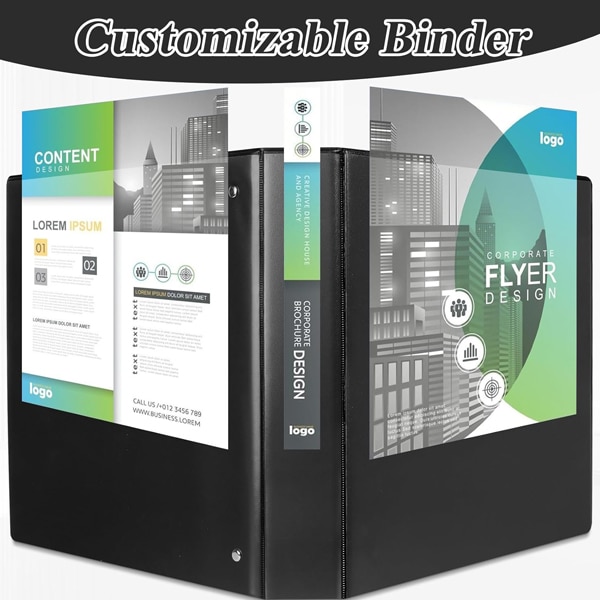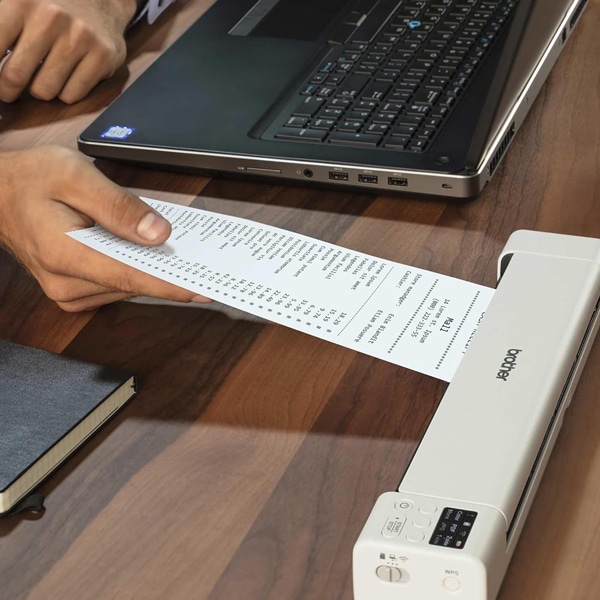Try this the next time you are in a room with other litigators: Count the number of litigation binders. I’ll bet it’s more than five, probably more than 10. Why are litigators still using physical binders in 2025? The reason is simple — they work.
Table of contents
Binders are ubiquitous in litigation because they are an excellent way to organize, learn and work with information. Binders are modular, portable, agile and personal. They let you rapidly switch between cases. They let you bury yourself in what’s critical to the task at hand. They let you customize your critical collections of documents with handwriting, highlighting and Post-its.
Binders, in short, aren’t going anywhere — nor should they. And to celebrate that, here are three litigation binders I’ve found incredibly useful in my law practice. (Scroll down to get our checklist for setting up the binders.)
The Working Binder
For every case, keep a Working Binder — a key piece of your litigator workflow that will hold the materials you most often reference in the case. Documents I typically include in a Working Binder are:
- Scheduling order
- Case agenda
- Pending motions
- Recent notes
- Case chronology
- Key research memos
I also include some foundational documents. For example, in a civil case this would be the complaint and key court rulings. In a criminal case, it would be the indictment and key 302s.
When do you use your Working Binder? All the time. If a client calls with a question about a due date, grab the Working Binder and look at the schedule. If you are heading to a meeting to discuss next steps with the team, bring the Working Binder with your agenda and the pending motions. If you are traveling for the case, quickly refresh your memory on the plane by reviewing the chronology and memos in your Working Binder.
The Working Binder is the ultimate tool for context switching from one case to another.
Opening it immediately snaps you back into that case and all of its details. Accordingly, you need to make sure you always update the Working Binder with fresh material. Add new court orders, notes and memos; supply it with the latest agenda and chronology. And as importantly, get rid of material that is no longer current: motions that are no longer pending, stale memos, superseded court orders.
The Argument Binder
As soon as you know you will argue something in court, start putting together an Argument Binder. Most attorneys already do this before a big argument, but I suggest doing it whenever you will be arguing. Do it for discovery motions, premotion hearings with a magistrate, mediations. At any point when you have a discrete issue to address with a tribunal, put everything you might need on that issue into an Argument Binder.
I recommend starting the Argument Binder early. Don’t wait until just before the argument. Assemble it as you prepare. Add the briefs and key cases; highlight them; take your notes on them. This way the Argument Binder grows with you as you refine your presentation. You also become more familiar with it as you work so that, in the moment, you’ll be efficient at navigating your documents and notes.
The Trial Binder
The Trial Binder is the binder you carry every day at trial. Where the Working Binder holds the context for the whole case, the Trial Binder contains the context specifically for trial. It is central to effective trial organization. I typically include:
- A list of issues to raise with the court that day
- Notes from the previous days
- Key orders and procedures
- Foundational documents, like exhibit lists, witness lists and juror information
And like the Argument Binder, it should also contain any trial briefs or motions or supporting materials that you might need to address the court. Did you or the other side file a motion in limine the night before? A request for a jury instruction? Add them to the Trial Binder so you have them in court the next day.
Update your Trial Binder every night before trial. It is your daily planner for what is going to happen. Of course, big events like examining a witness, opening statement and closing arguments will likely have their own specialized litigation binders. But for the day-to-day administration of a trial, use a constantly updated Trial Binder.
If you are looking for a way to organize information more efficiently, prepare with more focus or be more effective on your feet, try starting with these three binders. Then think about other areas where you can deploy binders effectively in your practice.
Binders aren’t just a way of organizing documents; they are a way of organizing your own thinking about cases. Physical or digital, the more you break your cases down into discrete, manageable units of information — binders — the more prepared, responsive and focused you’ll be as you move through the life cycle of a case and back and forth between your different cases.

Litigation Notebook Checklist
Here’s a convenient checklist detailing exactly what to include in the three core litigation binders, when to use them, and how to keep them organized.
Sam Davidoff is a former trial lawyer and the CEO and founder of Align, a digital binder solution designed to provide attorneys with paperless workflows.
Litigator’s Toolkit: Binder Organizing Essentials
While digital tools streamline much of litigation, physical, analog supplies remain critical for trial preparation, court appearances and secure document archiving. Here are a few top products to consider. — The Editors



Physical Organization and Archiving
Heavy-duty litigation binders. A standard office binder often won’t survive the demands of a high-volume, multiday trial. Litigation professionals require binders that are designed for frequent handling, have high capacity, and offer long-term durability. Look for features like D-rings (which hold more paper and keep it flatter) and reinforced construction.
- The Bindertek 3-Ring 3-inch Premium Linen Textured Binder is a favorite, with steel-reinforced edges and a premium linen-textured cover.
- For a more budget-friendly yet highly durable option, the Avery Heavy Duty View Binder uses Dura-Hinge and Dura-Edge technology to resist tearing and splitting — which is not what you want to deal with when flipping through pages at trial or during depositions.
Exhibit Index Tabs
Easy-to-read, preprinted exhibit tabs. Required for quickly referencing documents, look for Mylar-coated tabs printed on durable paper stock to prevent tearing and smudging.
- Avery Style Exhibit A-Z Letter Set, Side Tab (Letter Size): These are the industry standard for trial documents. Tabs are printed on both sides and come unpunched so they can be used for various binding systems. The premium exhibit letter set includes a table of contents.



Digital Efficiency and Portability
Portable document scanner. Today, the ability to quickly digitize stacks of documents or evidence while in a client’s office or home, or while on the road, is a necessity. While smartphone camera apps may suffice for smaller jobs, portable scanners built for high-volume use are highly recommended.
- The Fujitsu ScanSnap iX Series iX1600 or the ultra-compact iX1300 are highly rated among law firms. They are known for fast scan speeds, accurate optical character recognition (OCR) to create searchable PDFs, and wireless connectivity to cloud services.
- The Brother DSmobile DS-940DW offers fast, accurate scanning, Wi-Fi connectivity, and the ability to scan directly to a microSD card, eliminating the need to connect to a computer immediately.
Image © iStockPhoto.com.

Sign up for Attorney at Work’s daily practice tips newsletter here and subscribe to our podcast, Attorney at Work Today.
















